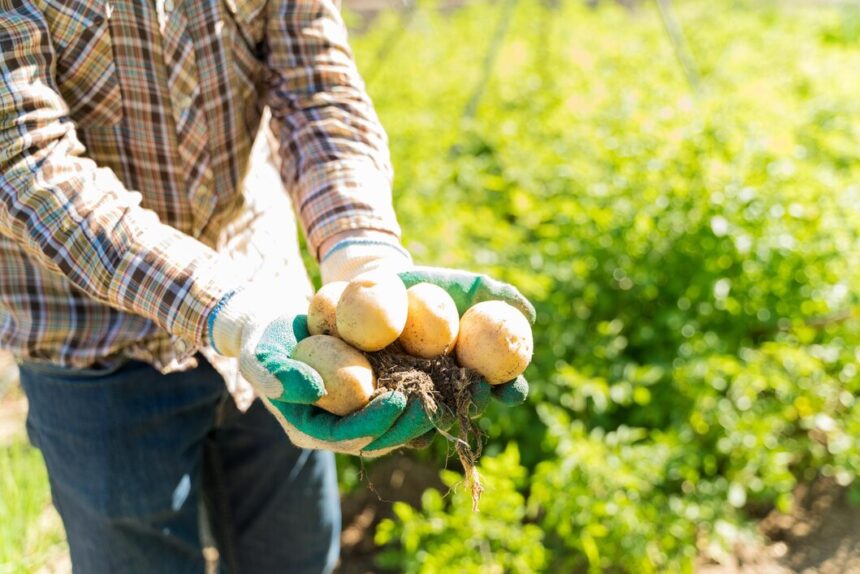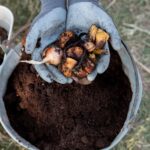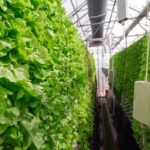Potatoes are among the most widely cultivated crops in South Africa, thanks to their high demand and profitability. However, growing potatoes successfully requires more than planting seeds and waiting for harvest. Mistakes in potato farming can lead to reduced yields, pest infestations, and financial losses. Understanding these errors and how to avoid them is essential for South African farmers to ensure healthy crops and maximum profitability.
1. Planting in Poorly Prepared Soil
Potatoes require loose, well-drained soil for proper tuber development. Planting in compacted or waterlogged soil restricts root growth, leading to deformed or stunted potatoes.
Solution:
- Conduct soil tests to check pH (ideal range: 5.0–6.5) and nutrient levels.
- Prepare soil by plowing and adding organic matter like compost to improve aeration and drainage.
2. Ignoring Crop Rotation
Continuous planting of potatoes in the same field leads to soil depletion and increases the risk of diseases like potato blight and pests such as nematodes.
Solution:
- Rotate potatoes with non-nightshade crops like maize, beans, or wheat for at least two seasons before replanting potatoes.
- Use green manure crops like legumes to replenish soil nutrients.
3. Using Low-Quality Seed Potatoes
Planting uncertified or poor-quality seed potatoes can result in low germination rates, uneven growth, and the spread of diseases.
Solution:
- Purchase certified, disease-free seed potatoes from reputable suppliers.
- Store seed potatoes in a cool, dry place to prevent premature sprouting.
4. Planting at the Wrong Time
Timing is critical in potato farming. Planting too early or too late can expose crops to unfavorable weather conditions, affecting growth and yield.
Solution:
- In South Africa, plant potatoes during the cool seasons: February–May (autumn planting) or August–November (spring planting), depending on the region.
- Monitor local weather forecasts to avoid planting during heavy rains or heatwaves.
5. Incorrect Spacing
Planting potatoes too close together causes competition for nutrients and sunlight, while planting too far apart wastes valuable space.
Solution:
- Space seed potatoes 25–30 cm apart in rows, with 75–90 cm between rows.
- Use planting tools or markers to maintain consistency.
6. Overwatering or Underwatering
Potatoes need consistent moisture, but excessive watering leads to waterlogging and diseases like blackleg or rot, while insufficient watering stresses plants and reduces tuber size.
Solution:
- Use drip irrigation to provide uniform moisture.
- Water deeply but less frequently, especially during tuber formation.
- Avoid watering late in the day to prevent prolonged leaf wetness.
7. Neglecting Pest and Disease Control
Potatoes are vulnerable to pests like aphids, cutworms, and potato tuber moths, as well as diseases such as late blight and scab.
Solution:
- Use integrated pest management (IPM) practices:
- Rotate crops to reduce pest populations.
- Introduce natural predators, like ladybirds, to control aphids.
- Apply fungicides and insecticides selectively and according to guidelines.
- Inspect crops regularly for early signs of pests or diseases.
8. Overfertilizing or Underfertilizing
Excessive use of fertilizers, particularly nitrogen, promotes leafy growth at the expense of tubers. Conversely, insufficient fertilization leads to poor yields.
Solution:
- Base fertilizer applications on soil test results.
- Apply balanced fertilizers, focusing on potassium and phosphorus during tuber formation.
- Avoid side-dressing nitrogen late in the growing season.
9. Inadequate Hilling
Failing to hill (cover the base of the plants with soil) exposes potatoes to sunlight, causing them to turn green and become toxic due to solanine production.
Solution:
- Hill soil around plants 2–3 weeks after planting and repeat as needed.
- Ensure tubers are fully covered to protect them from sunlight.
10. Poor Harvesting Techniques
Harvesting too early results in small, immature potatoes, while waiting too long can lead to rotting in the soil. Additionally, rough handling can damage the tubers.
Solution:
- Harvest when plants start to yellow and die back, typically 90–120 days after planting, depending on the variety.
- Use proper tools, such as potato diggers, to minimize damage.
- Cure harvested potatoes in a cool, dark place for 7–14 days to enhance shelf life.
Bonus Tips for Success
- Weed Management: Weeds compete with potato plants for nutrients. Mulch or apply pre-emergent herbicides to control weeds.
- Storage: Store potatoes in a cool, ventilated area to prevent sprouting and decay.
- Market Research: Understand market demand for specific potato varieties (e.g., table potatoes vs. processing potatoes).
Potato farming in South Africa offers significant opportunities, but common mistakes can hinder success. By focusing on proper soil preparation, pest control, irrigation, and harvesting techniques, farmers can increase yields and improve crop quality. Avoiding these pitfalls ensures a more sustainable and profitable farming operation, paving the way for long-term success in the competitive agricultural sector.
Join 'Farmers Mag' WhatsApp Channel
Get the latest Farming news and tips delivered straight to your WhatsApp
CLICK HERE TO JOIN






